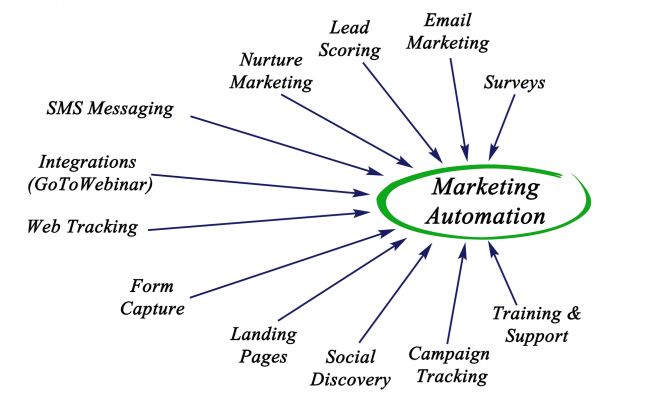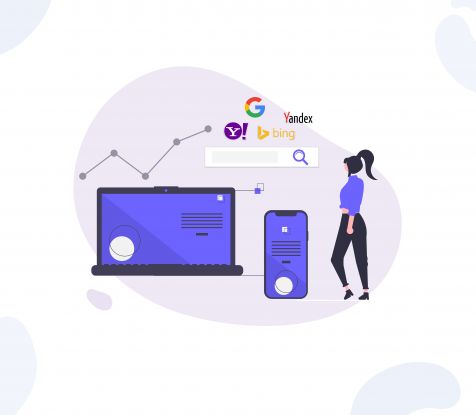Rakhi Chowdhary talks about Online Marketing
What Affects Your SEO Score And How Can You Improve It In 3 Steps
Oct 07, 2022
When a user searches for a keyword relevant to your website, your website must be accessible and optimised. But how d...
Mar 16, 2017
by Rakhi Chowdhary

Marketing Automation and its application in B2C and B2B domains alike has been an exciting new service area for us.
The idea of customer engagement at regular intervals of time has been around since the days of mailers and catalogues. Marketing automation can help in increasing and converting leads, ensure return customers and increase revenue generation.
But what exactly does “marketing automation” mean? As Techopedia defines it, “Marketing automation is the use of software and Web-based services to execute, manage and automate marketing tasks and processes. It replaces manual and repetitive marketing processes with purpose-built software and applications geared toward performance.” In simpler words, marketing automation takes care of repetitive tasks like emails, customer feedback, mobile campaigns, and social media management. It maximises the potential to focus on prospective customers with the use of data analytics and provides businesses with the first mover’s advantage in converting leads.
While marketing automation sounds like a marketer’s dream, it requires optimisation and careful planning to ensure the best returns on investment. The true power of digital marketing lies in its ability to connect with customers on a one-to-one basis. Amazon’s marketing automation strategy can provide some valuable insights to businesses. Amazon uses their customer's search history and previous purchases to customise home pages. The first thing customers see on visiting the website are things that they are actually interested in. So, for example, if a customer has searched for binoculars but has not purchased one, Amazon will show them binoculars and related products on their home page.
Another way to convert customers is to send them an email soon after a website visit with suggested items based on their queries on the website, or on items in the customer’s abandoned cart. The sooner companies do this, the more likely it is that they will be able to convert the potential customer into a buyer. These and other innovative marketing techniques have made Amazon the uncontested leader in e-retail.
Marketing automation can enable your business to do what Amazon does. You can track consumer’s behaviour online across multiple channels and platforms, gauge their engagement level, and ensure that the communication they receive from you is personalised according to their past behaviour. This means that businesses don’t waste valuable resources on uninterested customers, and customers get updates and suggestions based on what they are actually interested in.
A marketing automation program shadows the lifecycle of a customer. The customer’s lifecycle can be described in the following stages:
Visitor —> Subscriber —> Buyer —> Loyal customer —> Advocate.
A simple MA program, based on such a customer lifecycle, is described here.
User action | MA Segment | Communication type | Communication details |
Site visitor |
| Browser notifications | |
Registers on website |
|
| |
Adds to cart but does not buy | - Tag as probable buyer |
| |
Buys on website |
| Email, SMS |
|
Buys again | - Tag as repeat |


Rakhi Chowdhary talks about Online Marketing
Oct 07, 2022
When a user searches for a keyword relevant to your website, your website must be accessible and optimised. But how d...


Rakhi Chowdhary talks about Online Marketing
Jan 12, 2021
Is it really possible to share one - just one - infallible tip with regard to creating great digital marketing solutions? Not really.